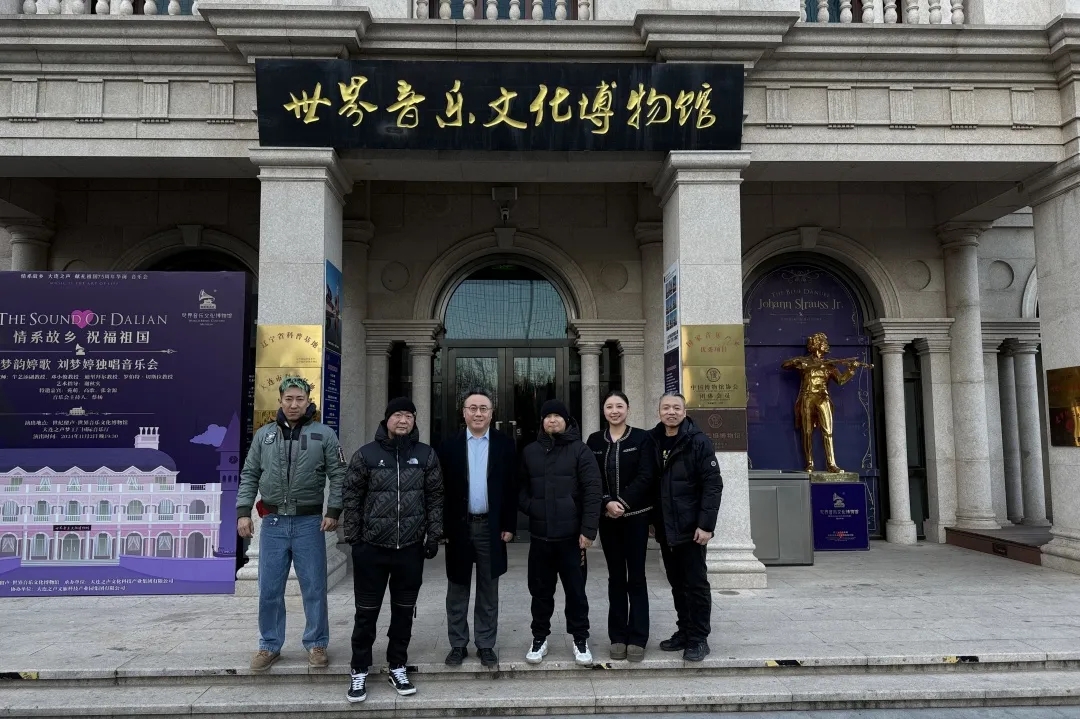On December 18, 2024, the legendary Chinese rock band Paradise entered the hallowed halls of music—the World Music Culture Museum. Band members included lead vocalist Lei Gang, guitarist Yang Li, bassist He Chenggong, drummer Zhong Xia, and keyboardist Sun Yongdong. A profound exchange spanning musical genres and cultural eras commenced—this was not merely a visit, but a collision and fusion of tradition and modernity, classicism and innovation within the realm of music.
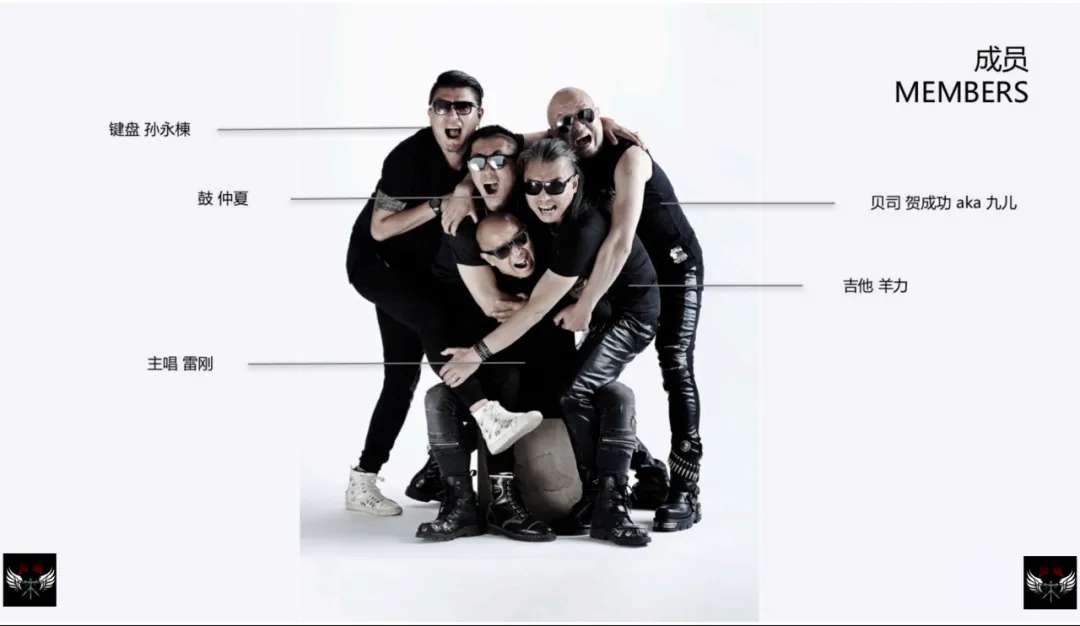
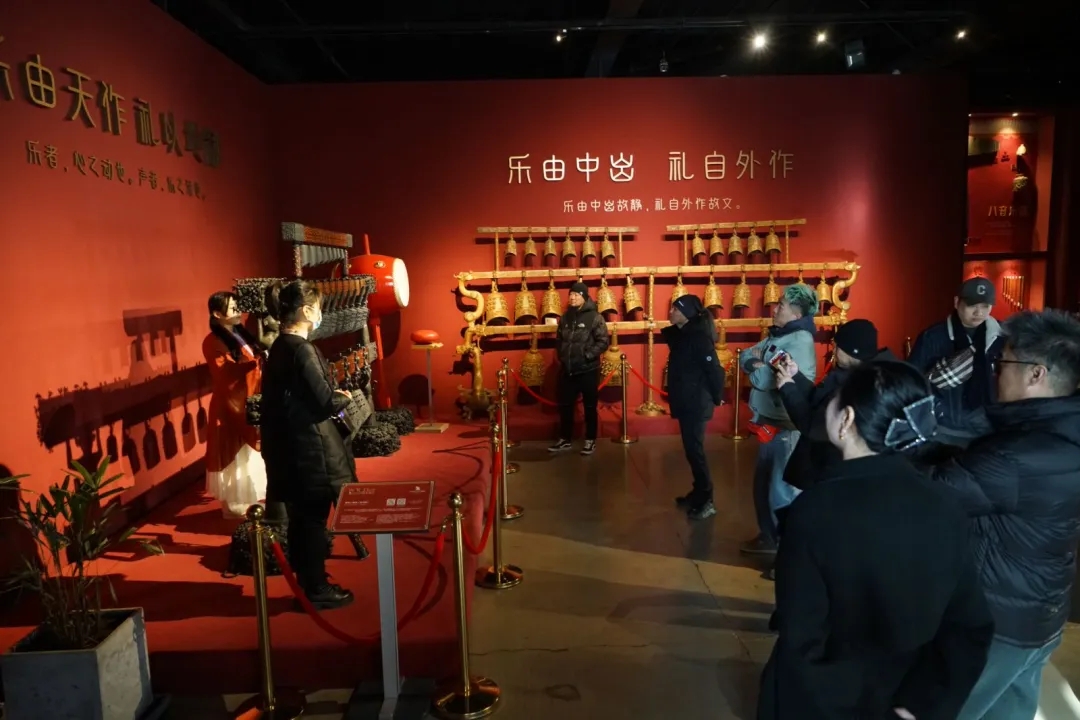
As the crisp, resonant notes of "Spring River Flower Moon Night" played by the replica Zeng Hou Yi chime bells from the Warring States period 2,400 years ago filled the air, the band members were transported through millennia. The timeless melodies of Chinese classical music, like the sound of bronze and stone, gently unfolded before their ears. Heaven Band members immersed themselves in the experience, applauding repeatedly as they deeply felt the profound and enduring legacy of Chinese musical culture. Here, visitors encounter the evolution of musical instruments from their inception to refinement, including ancient replica Zeng Houyi chime bells, Western pianos and organs, exquisitely crafted music boxes, Edison's personally signed phonograph, and sound recording and transmission devices. Each exhibit tells a unique musical story, transporting visitors through a temporal tunnel to gain an evident appreciation for the rich, diverse, and interwoven development of global musical culture.
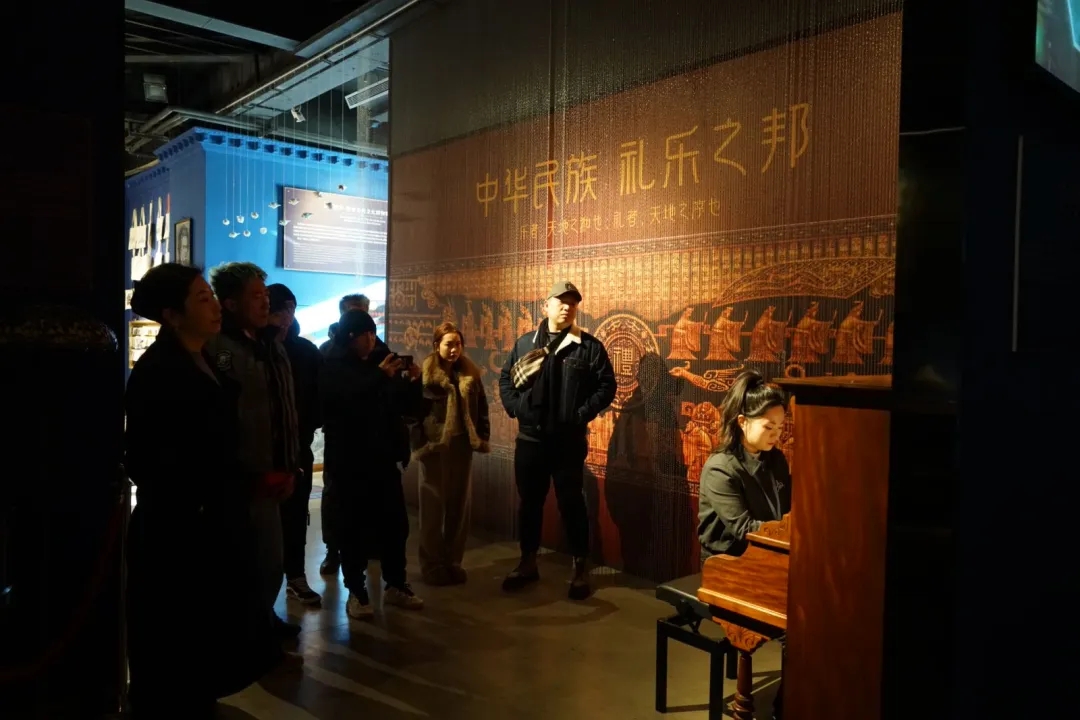
Curator Zhang Jingxuan shared the museum's founding journey, collection philosophy, and the musical narratives hidden behind the exhibits with the band members. The band listened intently, engaging in deep discussions with the curator and profoundly sensing the museum's rich musical heritage, as well as the curator's dedication and passion for the art of music.
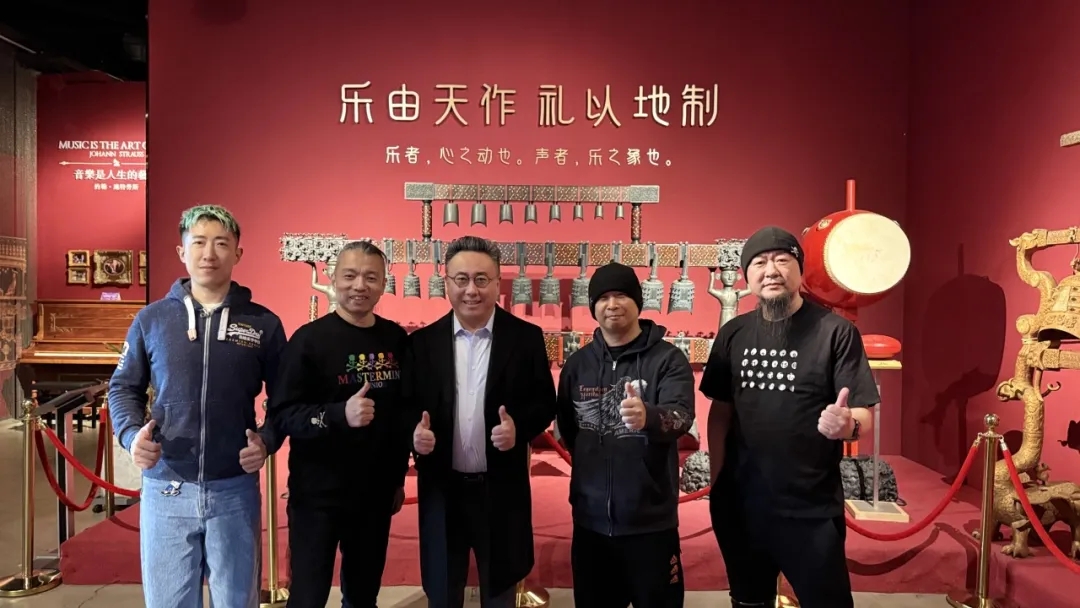
The conversation gradually centred on how the unique sounds of music boxes and gramophones could be ingeniously incorporated into rock and roll songwriting. Through this exchange of ideas, a new path for innovative musical creation emerged, as the exploration of blending traditional and modern music led to a collaborative blueprint unfolding amidst lively discussion. T
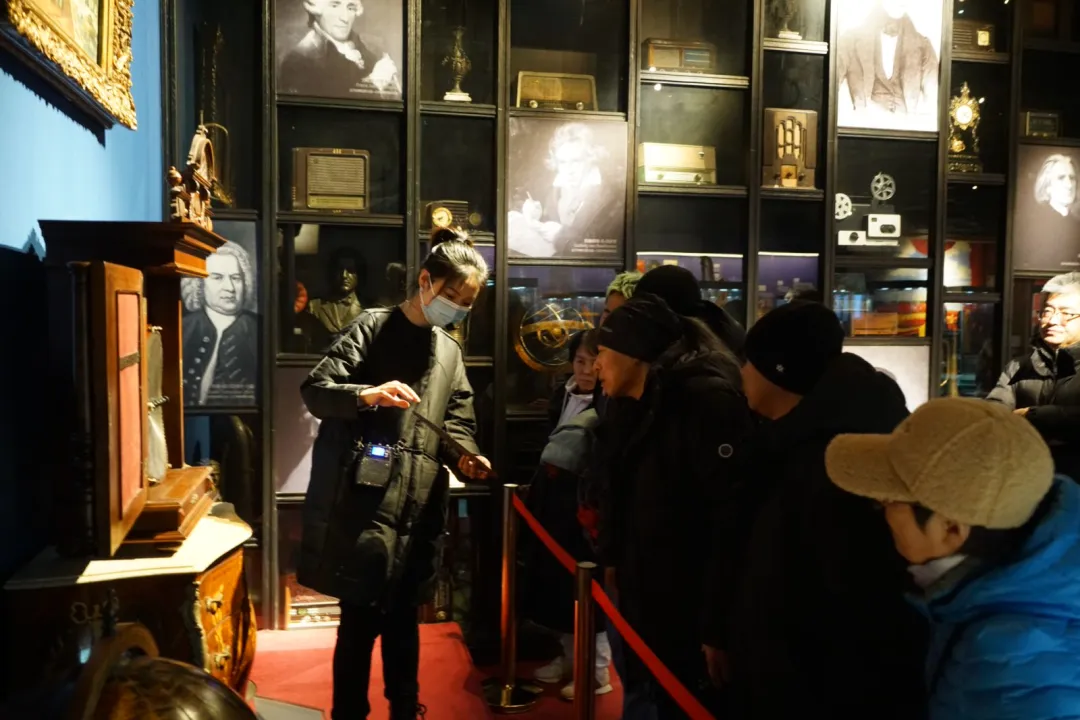
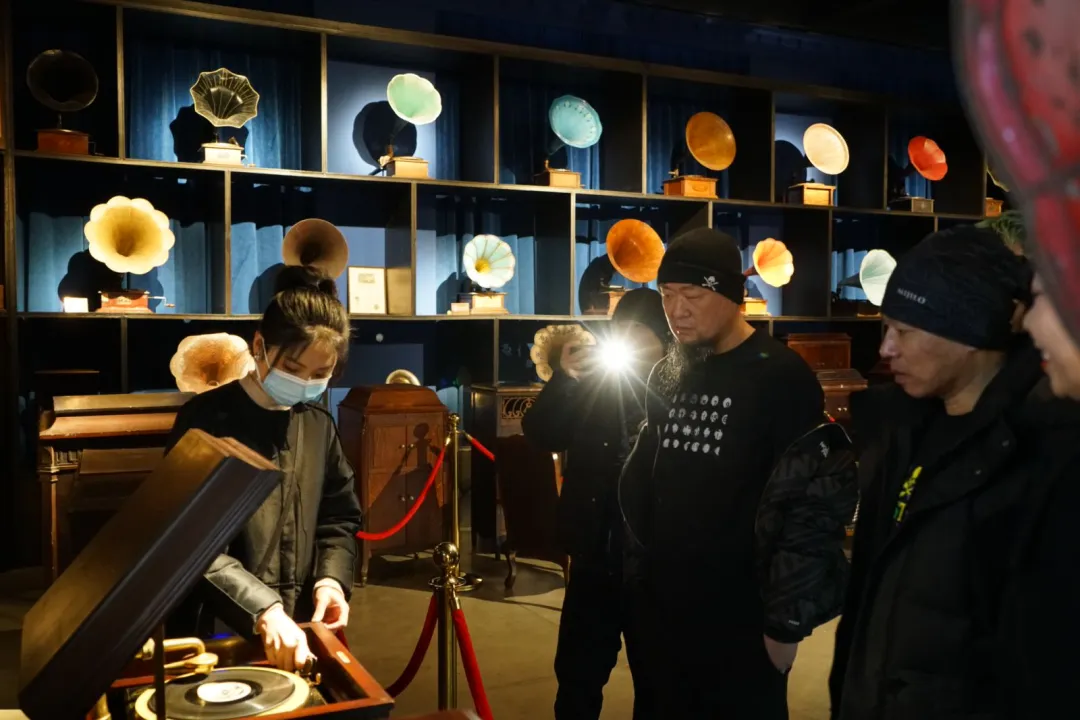
hrough their actions, they demonstrate that music knows no boundaries. Whether it's the fiery passion of rock, the elegant depth of classical, or the unique charm of world music from diverse cultures, all deserve profound exploration and integration. This not only broadens the horizons of musical creation but also propels the inheritance and development of musical culture through diverse fusion. It allows music, this universal language of humanity, to shine even more brilliantly in the new era.
